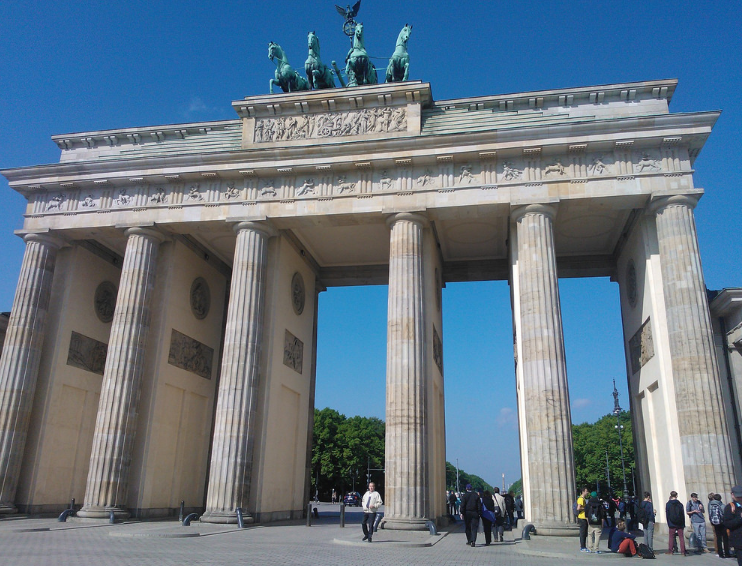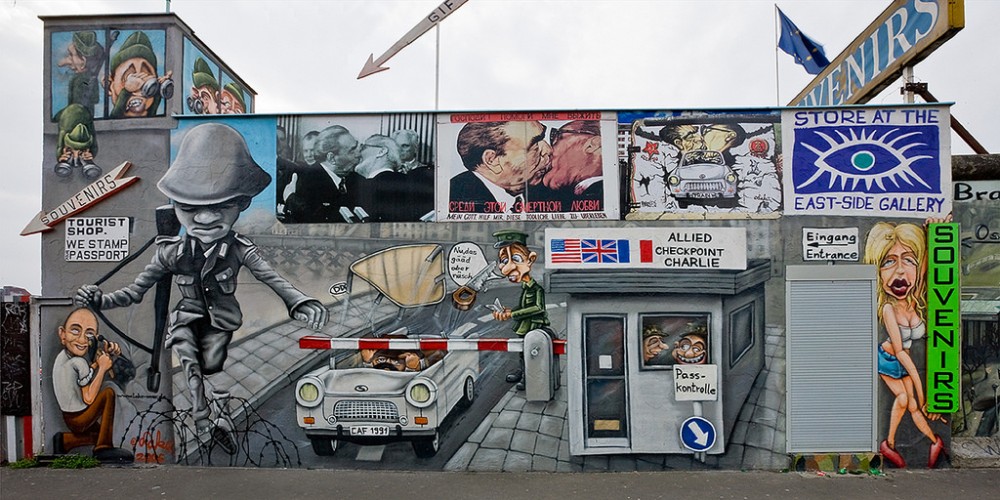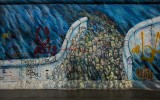Berlin is a city of creative, laid-back people, where long conversations ensue after chance encounters with locals. It also has a long and complicated history: Once the center of a mighty empire, it grew infamous as the capital during the grim Nazi period, and then, for almost 30 years, as a city divided by a wall.
Since the 1990s, Berlin has seen social, political, and economic regeneration, and now it is a gripping city to explore, whether you survey the unique architectural complexes, walk the remnants of the Berlin Wall, or visit its vast heritage of museums and galleries. It’s also a popular one-day add-on before or after a European river cruise, and even during a Baltic Sea cruise.
But no matter how or when you visit, the flat terrain and clear grid of streets make Berlin an ideal city to explore on foot. For advice on how best to route a city stroll, we tapped Context Travel, our Trusted Travel Expert for cultural walking tours. Here are two itineraries, ideal for any urban explorers. You can choose to go it alone or hire one of Context’s “docents”—professors, art historians, chefs, and other interesting local people—to show you around.
The 20th century history walk:
2-3 hours

Brandenburg Gate, Berlin. Photo: Context Travel
Though a sprawling city, Berlin has several important sites relatively close to one another that make for a good introductory walking tour.
- Start at the Brandenburg Gate, a famous symbol of Berlin modeled on the entrance to the Acropolis, and the spot where Reagan urged Gorbachev to tear down the Berlin Wall. Then stroll around it to see the Reichstag—where Parliament meets—just in its shadow.
- Then make a U-turn and head toward the Memorial to the Murdered Jews of Europe, also known as the Holocaust Memorial.
- Afterward take in the sobering Topography of Terror museum, with its exhibitions documenting Nazi atrocities at the site where the headquarters of the Gestapo and SS once stood.
- Finish up at Potsdamer Platz, a public square once bisected by the Berlin Wall and now a poster child of the city’s post-unification project.
The Wall walk:
4–5 hours

Berlin Wall. Photo: Context Travel
Berlin experienced the country’s post-World War II division like no other city in Germany, having been split by the Berlin Wall, which went up overnight on August 13, 1961 and was finally torn down in 1990.
Three key locations around Berlin will give you a comprehensive concept of the Wall: the Berlin Wall Memorial at Bernauer Strasse; Checkpoint Charlie, an old crossing point between the Soviet and American sectors of the city; and the East Side Gallery, a section of wall covered with paintings done by artists from around the world.
We suggest the following route for your mauerweg (Wall walk):
- Starting from the Memorial—a still-standing section of wall and a center that explains the construction of the border partition—take a short walk to Kieler Strasse to see the old East Berlin watchtower, one of the few such remaining structures; the tower has been turned into a museum by Jurgen Litfin, whose brother was the first person to be killed trying to flee East Berlin.
- From there, following Invalidenstrasse down along the canal, come out to the Brandenburg Gate at Pariser Platz—the place where a peaceful demonstration on November 9, 1989, turned into a historic event which ended with demolition of the Wall.
- Head south along Ebertstrasse, stopping to look at the remnants of the Wall at Potsdamer Strasse, one of the city’s main thoroughfares.
- Walking through Leipziger Platz along Mauerstrasse, and turning to Friedrichstrasse, you will get to Checkpoint Charlie, an old crossing point between the Soviet and American sectors of the city.
- Splash out on lunch at Tim Raue, a two-Michelin-starred restaurant next to Checkpoint Charlie. Despite its accolades, the atmosphere remains unflappably casual, with serving staff in Converse and the now-famous chef often seen working the room, chatting to diners. Or for a quicker stop, try West Berlin, a chic cafe serving exceptional coffee and pastries. Though located just past the tourist circus that is Checkpoint Charlie, the cafe is mostly frequented by Berlin’s creatives and offers a refreshing taste of local life.
- The last stop on your tour should be the East Side Gallery, a section of wall covered with paintings done by artists from around the world. The best way to reach it is by subway: Walk to U1 Station Hallesches Tor, then ride the U1 line to Warschauer Strasse.
This entire route runs about seven miles and takes four to five hours; you can, of course, cherry-pick portions of the walk for a shorter version. Or you can join Context’s Walking the Wall tour, learning from an expert in 20th-century history about life on both sides of the Wall, and the hardships and moments of bliss that the city experienced during the Cold War.
Be a smarter traveler: Use Wendy’s WOW List to plan your next trip. You can also follow her on Facebook and Twitter @wendyperrin, and sign up for her weekly newsletter to stay in the know.






